Scenes and stages along The Trafalgar Way
Scenes in pictures
We sent out award-winning landscape photographer Ian Gregory to spot some sample landscapes and architectural detail along The Trafalgar Way. In addition, we're always spotting great photos and images to add to our galleries, which we only ever use with express permission of the image creator. If you have an image to contribute to help illustrate the route today or as it was in the past, please get in touch!
Scenes in words
Adam Preston has been investigating the route, stage by stage, to pick out some of the fascinating history, landmarks and characteristics which mark this amazing heritage route. You can choose a stage from the list below to read Adam's words or see our image gallery, section by section.
We hope these, together with other sample images by ourselves and submitted by other members of the public will encourage you to explore, research and appreciate the wonderful setting for The Trafalgar Way, from its maritime beginning in Falmouth, Cornwall, to its urban conclusion in central London, via eight counties and some of England's most beautiful southern countryside.
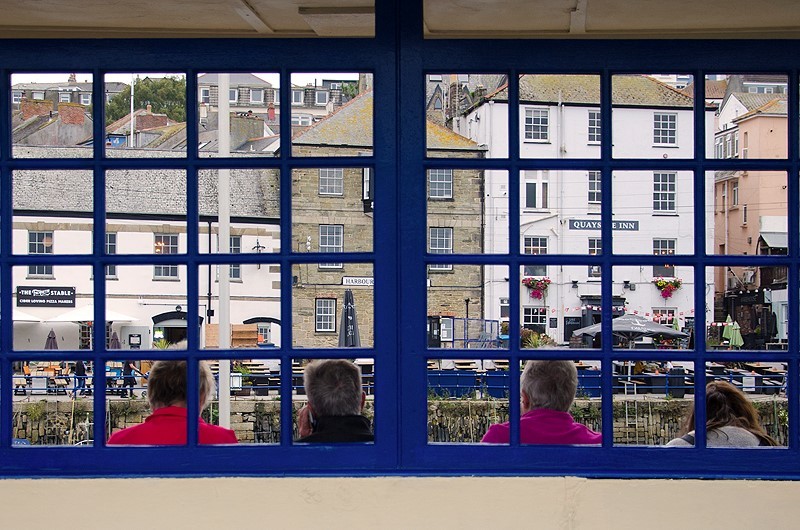
Custom House Quay, viewed from behind the ferry shelter. Sometimes the most familiar view can be made more interesting from a new perspective. Photograph © Ian Gregory
Overview
Explore and discover!
- Many battles have been fought along the route and whole towns were destroyed by fire.
- One English king abdicated close to the route while another hid from his pursuers and a third lay dead the night before he was buried, somewhere along the way.
Stage by stage route descriptions
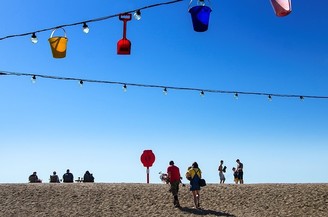
A gallery of postcard scenes
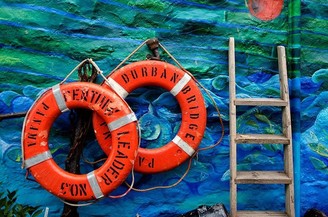
1. Falmouth to Truro
You'll be bound to find inspiration in Falmouth's bustling maritime scene. The sights and sounds of the harbour help us to imagine what it must have been like in the great Age of Sail.

2. Truro to Fraddon
Leaving Truro, Lapenotiere's route would have climbed as it crossed central and eastern Cornwall. This second stage visited villages which today are by-passed by the modern A39 and A30. There are some exciting lanes to explore if you follow the original coaching route.
His next change of horses was at The Blue Anchor at Fraddon.
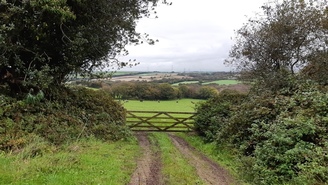
3. Fraddon to Bodmin
It was approaching dusk when Lapenotiere covered this stage on a grim November day. North of Fraddon and the Indian Queen Inn, the coaching route travelled some very obscure tiny lanes, rather than cutting across Goss Moor as the main road later did and does today. Take care when exploring single-track lanes!
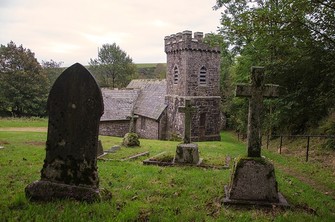
4. Bodmin to Launceston
Leaving Bodmin, Lapenotiere's journey became more difficult and remote, as the route passed over bleak Bodmin Moor. Tiny villages like Temple, Trewint and Pollaphant (Polyphant) passed by as the postboys took the carriage along tiny lanes, across narrow bridges and windswept hilltops. No wonder this was the most expensive section of the journey. The route also passes the notorious Jamaica Inn.
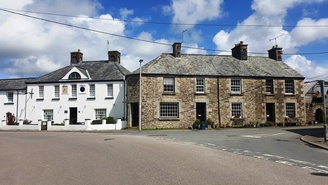
5. Launceston to Okehampton
This section takes Lapenotiere up the hill from the ancient, picturesque market town of Launceston with its ruined castle, across the border into Devon and on to Lifton and Bridestowe. This rural road, the old A30, follows higher ground than the new modern A30, and feels like a very historic route, where the horses may have been able to travel a bit faster at last. Lapenotiere had no time to stop in the small, pretty villages along the route, but we strongly advise you to!
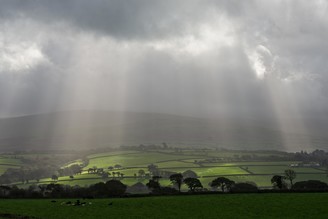
6. Okehampton to Crockernwell
The route lifts here from Okehampton to once again follow the pleasant hilltop run of the old A30, first passing through the pretty village of Sticklepath, home of the Finch Foundry, then on through South Zeal, across Whiddon Down and passing Castle Drogo. There are lots of lovely Devon sites to visit and photograph along this northern edge of Dartmoor, and wonderful Devon lanes to explore to the north.
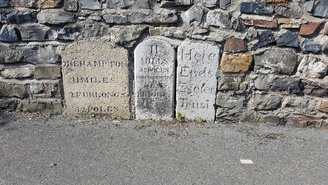
7. Crockernwell to Exeter
This rural section of the route will deliver you via the tiny hamlet of Nadderwater to the hill above Exwick Heights and down to the city of Exeter.
First, you'll pass through Cheriton Bishop, where there was once a busy toll house, and Tedburn St Mary, a village which didn't exist in Lapenotiere's time, then take the six-mile hill through Whitestone.
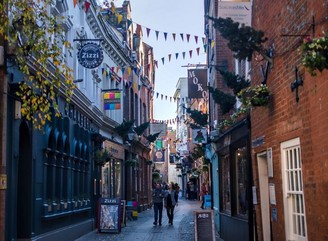
8. Exeter to Honiton
There's lots to explore in Exeter, which dates from Roman times. Your journey then takes you out of the city via Heavitree, past the airport to the tiny village of Clyst Honiton, which was called 'Honiton's Clyst' in the time of Nelson. Then on through Rockbeare before rejoining the new A30. The original coach road went through Fenny Bridges and passed not far north of Ottery St Mary before arriving into the lace town of Honiton.
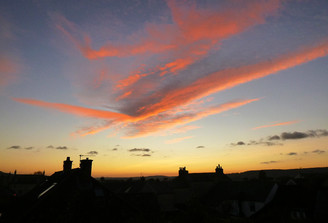
9. Honiton to Axminster
Up the hill from Honiton, and dawn would have been breaking for Lapenotiere in his post-chaise. There are some great hills along here for sunrise and sunset scenes. It's beautiful rolling Devon countryside as you pass through Wilmington, then Shute. You can detour slightly off the main road to visit the pretty village of Kilmington before arriving in Axminster.

10. Axminster to Bridport
The route dips very near to the coast here, with holiday destinations such as Charmouth and West Bay not far away at all. Lapenotiere might have had a glimpse of the English Channel as he approached Bridport. Enjoy exploring ancient woodland and picturesque villages in this coastal landscape.
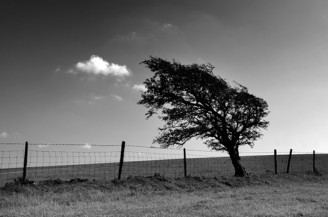
11. Bridport to Dorchester
Stay a while to explore the friendly vibe in Bridport, a town where there is a different festival almost every week. You might also want to explore nearby Burton Bradstock and Portesham, which play a part in our story. Or continue to Dorchester via the contrasting architecture of Poundbury, a new town along the Way.
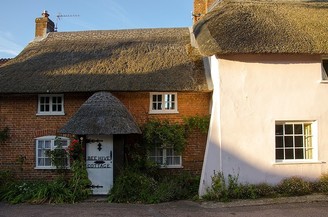
12. Dorchester to Blandford Forum
Dorchester's beginnings are prehistoric. With so much history behind it, there's certainly a lot to catch your eye as you explore. It's the heart of Thomas Hardy country (the novelist, not the captain of HMS Victory), and as you travel further north, you pass through villages which were certainly inspirations for his famous novels. There are beautiful old streams round here, and wildlife to enjoy.
Read more
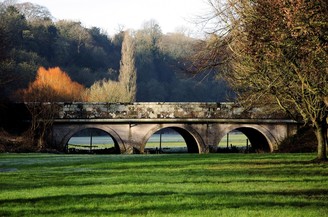
13. Blandford Forum to Woodyates
Blandford is a most attractive market town for you to explore, with plenty of cafes and restaurants for refreshment, too.
Beyond here, the journey becomes once again very rural, with only a few villages, such as Pimperne and Tarrant Hinton, before you reach the parish of Sixpenny Handley with Pentridge, which is home to Woodyates and The Trafalgar Way's plaque commemorating the thirteenth change of horses for our messenger.
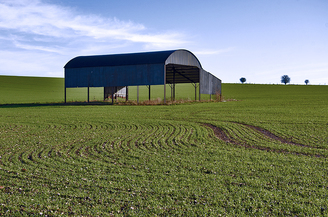
14. Woodyates to Salisbury
There was little more than a coaching inn at Woodyates for centuries, and today, it's just a small hamlet and a bus stop. But you are sure to appreciate the idyllic rural scenes around here, and in the village of Coombe Bissett on the way to Salisbury.
The local area includes beautiful, historic Cranbourne Chase with its areas of Special Scientific Interest and nature reserves such as Martin Down (which is actually set inside a spur of Hampshire just here). At the nearby Larmer Tree Estate is the coming-togther of three county boundaries: Dorset, Hampshire and Wiltshire.
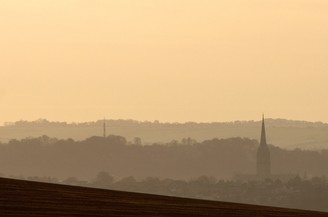
15. Salisbury to Andover
No shortage of captivating scenes in the beautiful medieval city of Salisbury.
Outside of the city, there's both Old Sarum (English Heritage) and Figsbury Ring (NT) to pause at for a wander, each with their spectacular views and place in history. Then there is Middle Wallop with the Army Flying Museum and the village of Little Ann to pass through before you arrrive in Andover, once a major crossroads for travellers and posting.
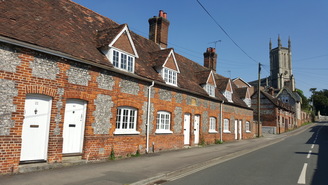
16. Andover to Overton
Andover is a town which developed predominantly in Georgian times. It was a thriving hub for travellers and had several innns and coaching houses.
The route beyond Andover passes through Andover Down, then on to Hurstbourne Priors and Whitchurch. There's lots of history in these pretty Hampshire villages.
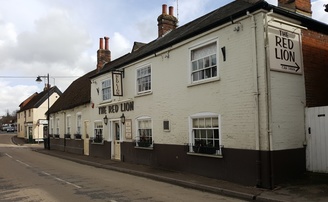
17. Overton to Basingstoke
Overton was Lapenotiere's 16th change of horses, and he would have done so at the Red Lion. The Trafalgar Way plaque is on the stone community centre building at the village centre.
The villages of the Test Valley are very attractive and there are lots of great walks around here, too, with a choice of country pub to end your walk in!
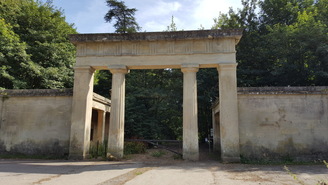
18. Basingstoke to Hartfordbridge (Hartley Wintney)
Climbing out of Basingstoke along the A30 you first pass the imposing entrance to Crabtree Plantation before bypassing Old Basing and Hatch, then visiting Nately Scures and the villages of Hook and Hartley Wintney. All of these are worth a visit to explore north Hampshire and imagine how it might have looked in the time of Nelson.
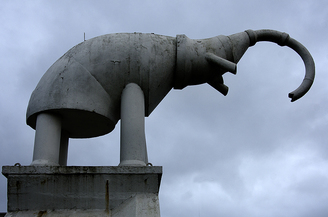
19. Hartfordbridge to Bagshot
Lapenotiere's 18th carriage stop was at Hartfordbridge. We understand this to mean the White Lion Inn just north of Hartley Wintney, today an antiques centre.
The old London Road would have continued north and uphill from here, passing what is now Blackbushe airport and the villages of Yateley, Minley and Blackwater.
In 1805, Sandhurst academy existed, but the town of Camberley did not yet exist...
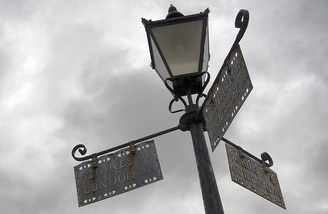
20. Bagshot to Staines
Bagshot still has many historic features for you to discover, and there are stories of Nelson having stayed in the village on at least one occasion.
Just north of here, the route taken by Lapenotiere passes through a small section of what is now East Berkshire, at Sunningdale. Then there's beautiful Virginia Water, Englefield Green (later the home of Lapenotiere's nemesis Commander Sykes) and historic Egham. Loads to get your teeth into!

21. Staines to Hounslow
The bridge over the Thames at Staines has a long history.
As you approach London, the landscape becomes more urban but there are still parks and pockets of wilderness to enjoy, and of course great options for shopping and dining.

22. Hounslow to The Admiralty, Whitehall
The final leg of Lapenotiere's journey is too full of history, details, architecture and observations to single many out, but be sure to visit the plaques at the Express Tavern and Salutation Inn as you go. You'll also find one in Kensington, set on the railings at the entrance to beautiful Holland Park.
You'll visit Brentford, Hammersmith, Gunnersbury, Chiswick, Kensington,and Knightsbridge on the way into the heart of Westminster. And of course iconic sights like Trafalgar Square which wouldn't be here today were it not for the events contained in Lapenotiere's urgent message!






